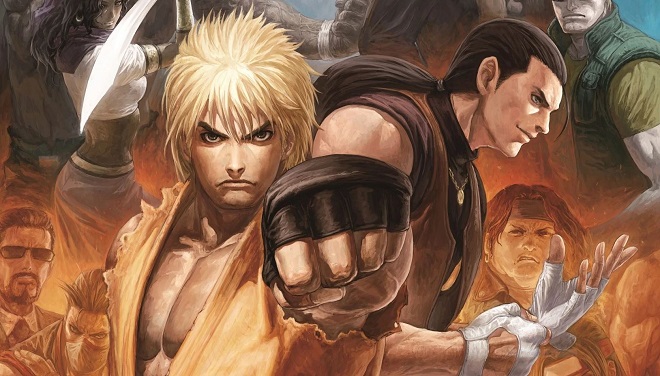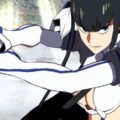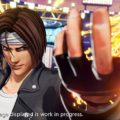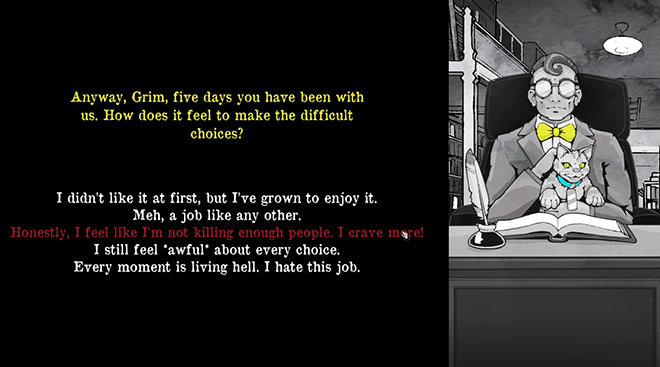Do YOU Know the Art of Fighting?

SNK’s Art of Fighting franchise reached the 30th anniversary milestone over the weekend, specifically marking 30 years since the original arcade game released on the Neo Geo MVS (Multi Video System) hardware in Japanese arcades. The franchise introduced popular characters like the Sakazaki family (Ryo, Yuri, and Takuma), Robert Garcia, King, and a few more. The characters are more known for their appearances in The King of Fighters series, where they’ve been recurring members of the roster since the franchise began in the early 1990s (though only Ryo has appeared in every KoF game), but it’s important to look back on their origins. I’m not making this post for no reason here.
A fair deal of those who played the game outside Japan are familiar with the arcade game, one among the assortment of titles included in the arcade MVS cabinets that were everywhere around the early-to-mid 1990s. They were a staple in poorer neighborhoods throughout the United States (the closest one to me was in a local laundromat), but they were especially prominent in Mexico and South America, part of the reason for why SNK remains popular among children who’ve since come of age.
Otherwise, those who didn’t familiarize themselves with the arcade game played the home console version, specifically on Super Nintendo and Sega Genesis. Chances are, you didn’t know a lot of people who were rich enough to own an expensive Neo Geo console and the similarly expensive games. The former version is how I discovered it, after all, along with the friends I had at the time.
(Incidentally, I did meet up with someone who had a Neo Geo system, but young me was too infatuated with their Super Nintendo and Super Mario World to play it. The road not taken, truly.)

There have been plenty of reminiscence pieces and videos about the sheer number of fighting games released in the arcade and home console markets in the 1990s following the immense success of Street Fighter II, including on this blog. Art of Fighting was among them. Anyone familiar with Ryu and Ken would be largely at home with the move sets of Ryo and Robert after adjusting to the controls and unique hit mechanics, though they also have unique attacks. But it does a disservice to dismiss it as a mere clone thanks to the features it introduced.
The story was fun enough, featuring Ryo and Robert on the search for Yuri throughout South Town two decades before Garou/Fatal Fury’s story, fighting opponents along the way until they reached Mr. Big (named after that one) and Mr. Karate. It’s memorable for all the memes it inspired over the years, including those about King pretending to be a man to fight (never referenced in the games these days) and the ending reveal about Mr. Karate being Takuma in disguise, the latter of which has been heavily parodied. Art of Fighting 2 is notable for introducing characters like Yuri, Eiji Kisaragi, and a young Geese Howard as the final boss.
Both games were mechanically sound, though were more obscure in the mainstream sphere compared to other SNK non-KoF fighting game franchises like the Fatal Fury titles, the Samurai Shodown games, and even the World Heroes titles to a lesser extent. The second game’s SNES/Super Famicom port never getting a localization outside Japan didn’t help.
More notable about Art of Fighting was how it introduced innovations before other more popular fighting games utilized them. This was the first time I’d ever seen taunts in a fighter, a feature that SNK games and most fighting games wouldn’t dare release without these days. The same could be said about Super Combo-style Desperation attacks that could be executed at a certain time, particularly in the home versions.

The series ended with Art of Fighting 3 in the mid-1990s. The fanbase’s disappointment in it was enough to stop the franchise in its tracks, thanks to the wild imbalance the unblockable and powerful Ultra-Cool Attacks brought on. But the game had its merits. It beat Capcom’s Street Fighter III series to the punch in mostly rebooting the cast, with Ryo and Robert being the only returning characters alongside a stream of new faces. They’re all barely known among the SNK fanbase these days, outside Katsumi Todo, whose popularity usurped her father’s thanks to numerous KoF appearances. The game is a sight to behold, too, with some of the most detailed and colorful beefy sprites seen on old SNK hardware. AoF3 never released outside Japan in arcades, but that would not have helped it considering its issues.
Art of Fighting was one of SNK’s tentpole fighting game franchises at one point, but there’s interestingly little demand there is for a revival. Other franchises have topped it among those fans have wanted to see revived, like Samurai Shodown (which got one in 2019), Fatal Fury (getting one in the near future), and even Last Blade. At least its most popular characters have made it into other games, and Fatal Fury taking place in the same universe as AoF leaves the door open for older iterations of certain characters to return, perhaps beyond Mr. Karate II (Ryo).
Art of Fighting can, at least, celebrate its anniversary better than other franchises thanks to SNK being good at making their archived titles playable on newer platforms. They’re still better on PC thanks to fan-based online play solutions, but this is an easy anniversary to celebrate regardless of the modern platforms anyone plays games on. The franchise itself doesn’t have much of a future (though again, its characters do), but let us never forget the franchise that laid the groundwork for more popular SNK fighting progeny.





